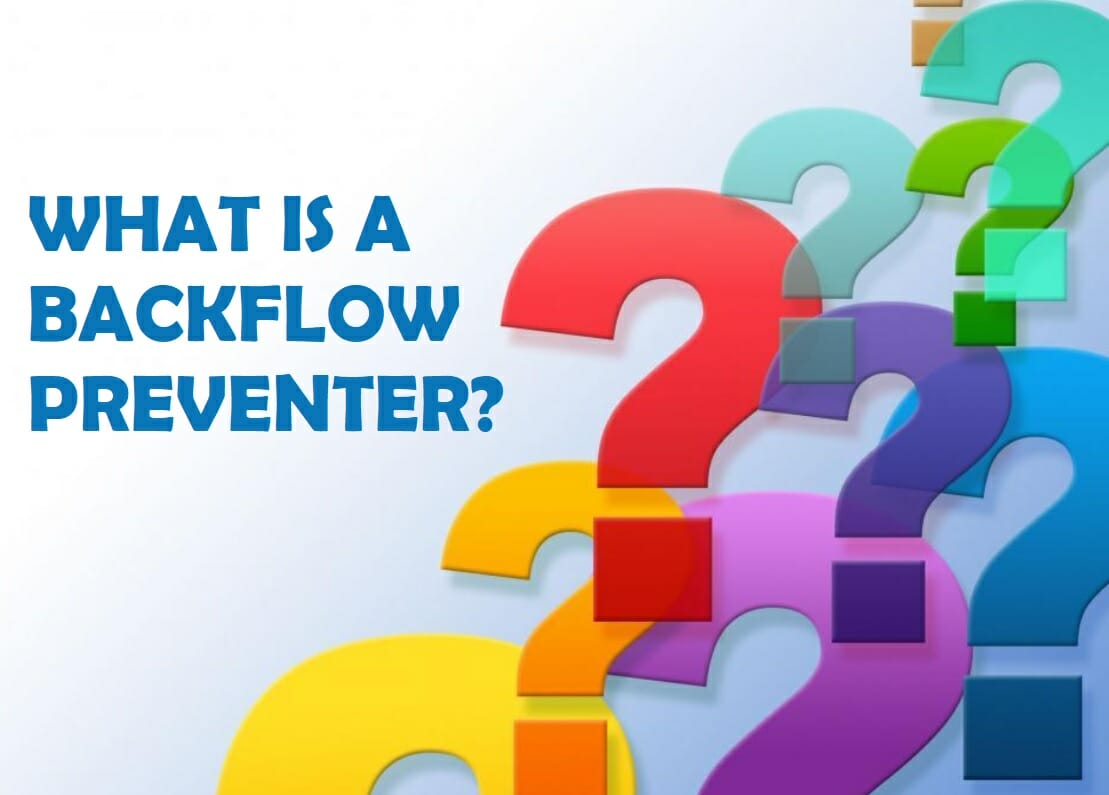A backflow preventer is a very important part of your plumbing system, but it is rarely discussed, and yet you would notice one in many plumbing emergencies. This part prevents contamination in your water supply chain that could damage the health of your family. Let’s take a look at this vital part of your plumbing system in more detail.
Understanding Backflow Prevention
During a plumbing emergency, such as a clog in the drain, the water can be prevented from leaving your home. The wastewater will have nowhere to go if the clog has blocked the entire pipe. In fact, if you notice that your fixture is draining slowly, this could be a sign that a clog is forming, and it may get larger over time. When the pipe is completely blocked, the water must go somewhere, and this is usually back into the home. This wastewater will have been in the drain, and so it is probably contaminated with bacteria and other contaminants that you don’t want in your home. This is known as a backflow, and as the name suggests, the backflow preventer is designed to prevent this from happening.
How Does a Backflow Preventer Work?
There are two main types of backflow preventer installed in modern plumbing systems. They are air gap (AG) and reduced pressure valve assembly (RPZ). Both types of backflow prevention systems perform the same basic task, but they work in very different ways. Knowing which type of backflow preventer you have will be important to a plumber if your drains are clogged or in the event of a plumbing emergency. Let’s take a look at each type of backflow preventer to understand how they work differently.
Air Gap Backflow Preventers
As the name suggests, this type of backflow preventer relies on an air gap to work. An air gap exists between the receiving vessel and the water supply. This will prevent contaminated water and odors from moving back into the home.
Reduced Pressure Valve Assembly Backflow Preventers
This system uses valves that are designed to be held open when water is passing through in the correct direction. But, if the direction of the water changes, the valves will snap shut to prevent the water from coming back into your home.
Do You Need a Backflow Prevention System?
The short answer is yes; every home should have some type of backflow preventer installed in the water supply system. The last thing that anyone needs is contaminated wastewater backflowing into their homes. This causes a disgusting mess to clean, it can cause water damage, and there is a real risk of contamination. If you ever have to clean up a backflow, it’s essential to wear rubber gloves and avoid touching your face until your hands are washed. But, you also need a backflow preventer to ensure that your water supply chain remains clean for everyone in your home.
If you want to get a backflow preventer installed or your plumbing system needs a tune-up, contact your local certified plumber for expert help and advice.
By Giovanni Longo President Flood Brothers Plumbing
Giovanni Longo is a 3rd generation master plumber who has been practicing his craft and trade in the greater Los Angeles area for well over a decade and a half. A plumbing and hydraulics-engineering innovator, Giovanni’s particular world-class expertise focuses on dealing with challenging sewer system designs as well as resolving complex commercial and residential draining issues. As a certified Flood Mitigation expert, he is also well versed in a wide variety of water damage and remediation solution.





